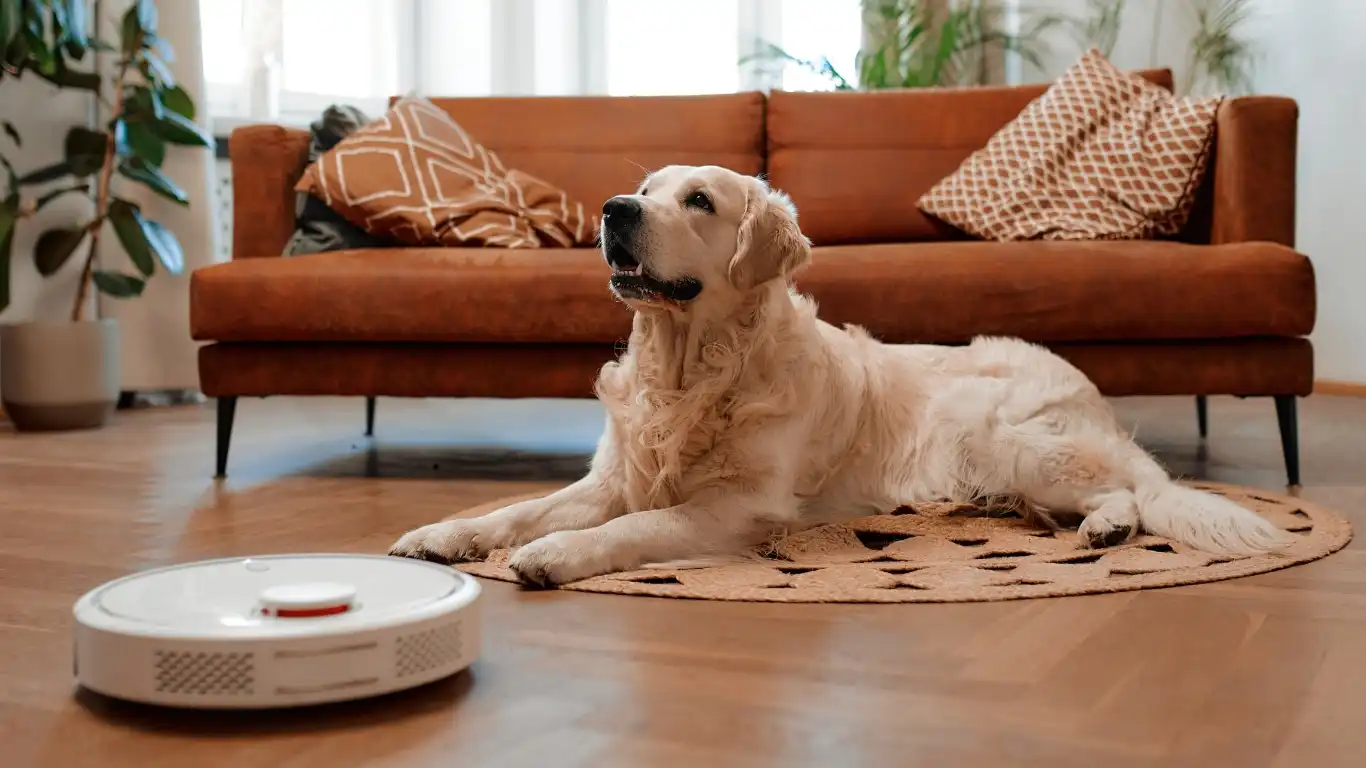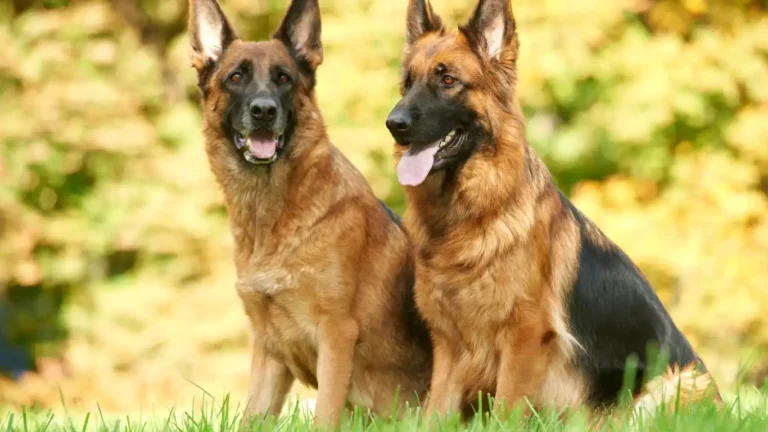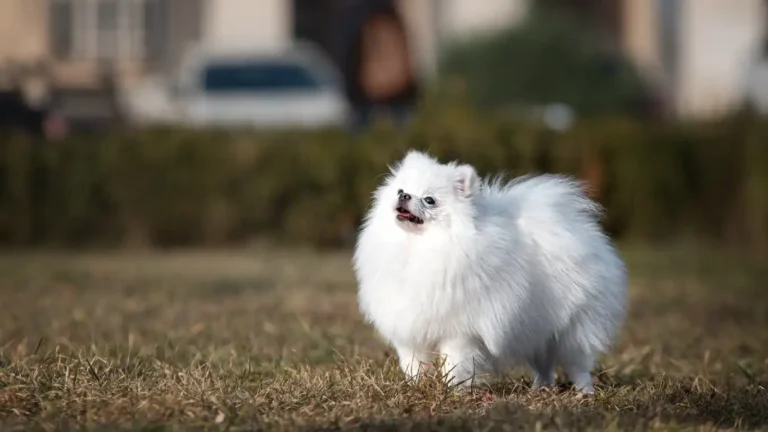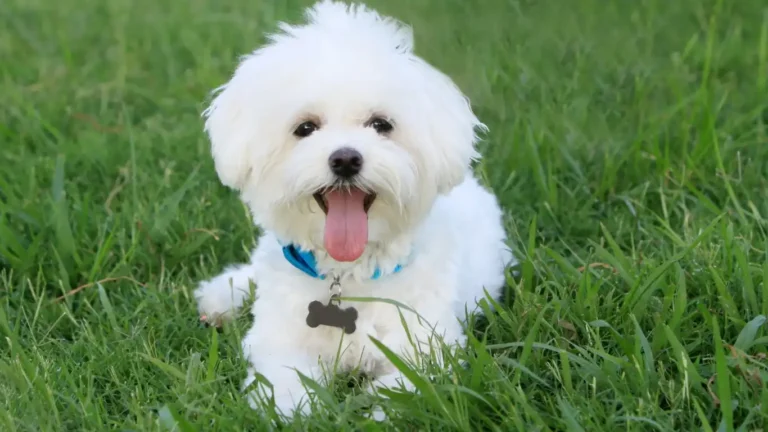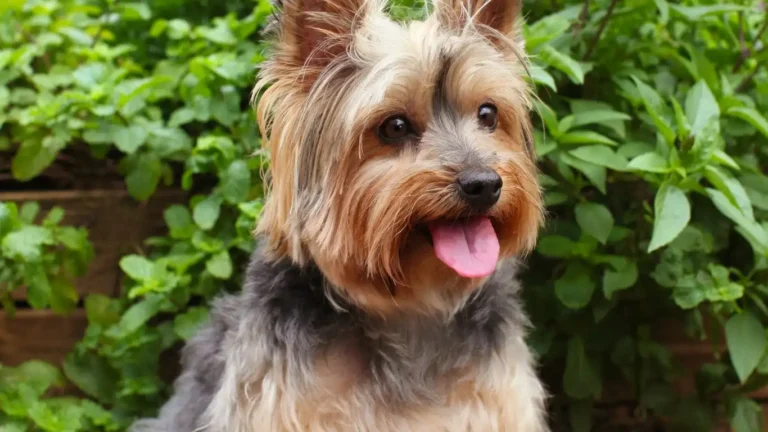Dog Grooming Tips Every Owner Should Know for a Healthier, Happier Pup
Exercise Needs: Tailoring Activity for Your Dog’s Breed
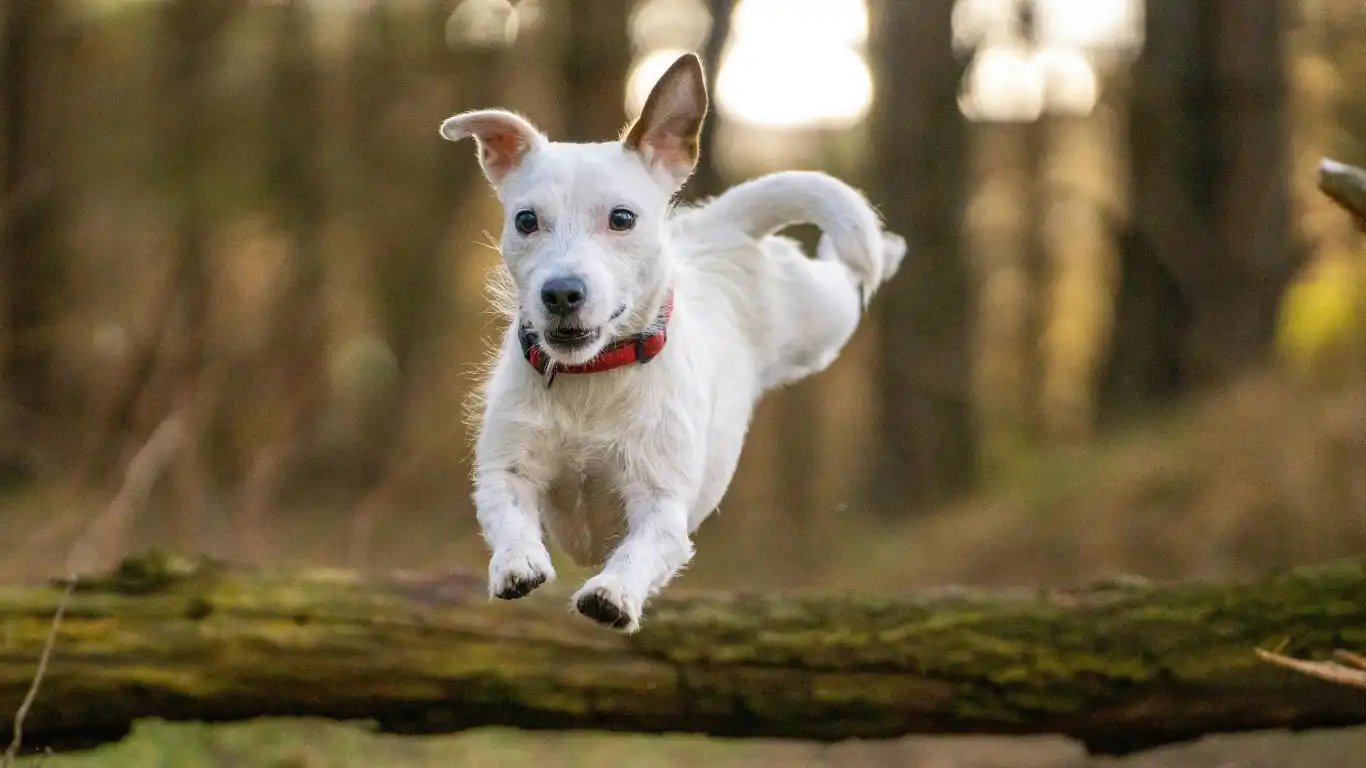
Okay, let’s talk about zoomies. You know, those random bursts of energy where your dog suddenly tears through the house like a furry rocket? That’s your pup telling you, “Hey, I need more exercise!” Different breeds have different exercise needs, and ignoring that can lead to some not-so-fun behavior problems—like chewing your favorite shoes into modern art.
Take my border collie, Luna, for example. That girl has energy for days. If I don’t give her a good run or mentally stimulating play, she finds her own “fun.” One time I came home to discover she had alphabetized my bookshelf—with her teeth. True story.
If you’ve got a couch potato breed like an English bulldog or a Great Dane, a couple of short walks and some indoor play might be enough. But working breeds like huskies, shepherds, or terriers? They need a solid outlet for both body and brain energy. Think fetch, agility courses, hide-and-seek with treats, or even canine puzzles. Trust me, a tired dog is a happy—and less destructive—dog.
Remember to tailor the intensity and duration of exercise based on your dog’s age and health. Senior dogs might benefit from gentle walks, while puppies have short bursts of energy and need lots of breaks. When in doubt, check with your vet or a certified trainer. Overexercising a growing pup can be just as harmful as not enough exercise.
Training & Socialization: The Real Game-Changer
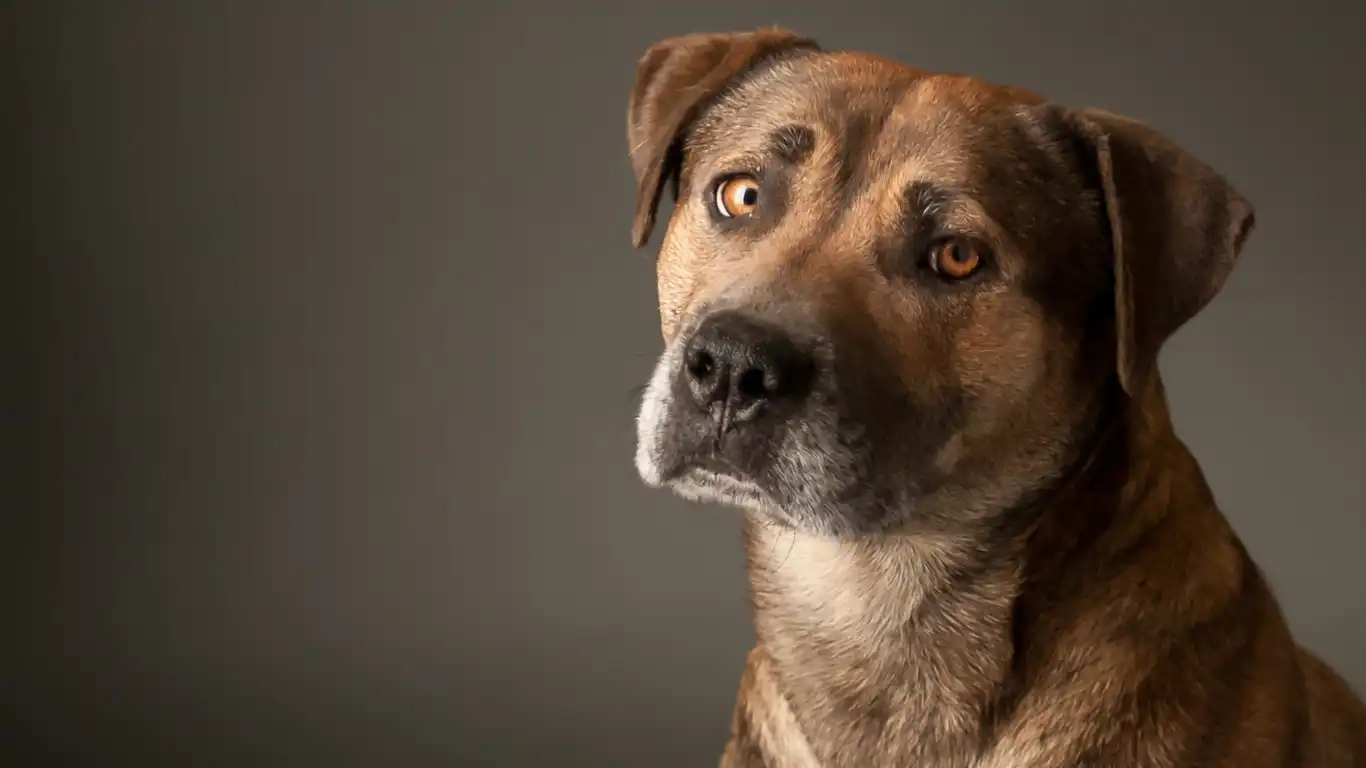
Ah, training. That magic word that turns chaos into calm. I’ll be honest—when I first got into dog care, I thought training was just about teaching your pup to sit, stay, and not steal snacks off the counter (still working on that one). But it’s so much more than obedience—it’s about communication, trust, and building a bond that makes life easier for both of you.
Start with the basics. Sit, stay, come, and leave it—these are lifesavers. Literally. I once avoided a potential disaster when Luna bolted toward a busy street. I yelled “COME,” and she stopped on a dime. Training saved her life.
But training isn’t just for safety. It boosts your dog’s confidence and makes them feel secure in different environments. Consistency is the name of the game. Use positive reinforcement—think treats, praise, belly rubs. Avoid yelling or punishment. It breaks trust and often makes behavior worse.
Now let’s talk socialization. This is huge, especially for puppies. Expose them early to a variety of people, dogs, sounds, and settings. I brought Luna to dog-friendly cafes, parks, and even hardware stores (yep, she’s helped me pick out paint). Social dogs are generally more relaxed and adaptable. Skipping this step? You risk a fearful or reactive adult dog.
If your dog’s past trauma or anxiety makes socialization tricky, consider professional help. A good dog behaviorist can work wonders, especially if your pup is dealing with fear-based aggression or separation anxiety.
Grooming Isn’t Just About Looks
So many people think grooming is optional. It’s not. It’s like basic hygiene—sure, your dog won’t complain, but the longer you ignore it, the worse the outcome. Trust me, brushing isn’t just for the show dogs.
Different breeds have different grooming needs. Long-haired breeds like golden retrievers, shih tzus, or collies need regular brushing to avoid mats and tangles. And if you’ve ever tried to cut through a matted clump of fur—whew, you know what a mess that is. I once had to get Luna’s tail trimmed at a groomer because a burr got stuck in there for too long. Poor thing looked like she had a bad haircut for weeks.
Short-haired breeds still need regular brushing to remove dead hair and keep their coat shiny. Plus, it’s a great way to bond with your dog. I turn grooming into a mini spa session—treats, soft music, and lots of belly rubs afterward. Not to mention, regular grooming lets you check for hidden health issues—like lumps, rashes, or ticks.
And let’s not forget the nails! Long nails can cause joint pain and posture problems. If you hear clicking on the floor, it’s time for a trim. If trimming freaks you or your pup out (been there), most groomers or vets will do it for a small fee. Worth it, in my opinion.
Dental Care: The Overlooked Essential
Raise your hand if you’ve ever skipped brushing your dog’s teeth. No judgment—I did too until Luna developed some nasty breath and gum inflammation. Turns out, dental disease is super common in dogs, and it can lead to heart, liver, and kidney problems if left untreated.
Start with brushing a few times a week. Use dog-specific toothpaste (never human—it contains xylitol, which is toxic to dogs) and a soft-bristled brush or a finger brush. If your dog hates the brush, try dental chews, water additives, or even dental toys designed to reduce plaque.
Also, get those teeth checked by your vet during annual visits. They might recommend professional cleaning under anesthesia, especially if tartar buildup gets out of control. Yes, it costs money, but it can save you thousands in vet bills down the road—not to mention your dog’s comfort.
Recognizing Behavioral Red Flags
Sometimes, it’s not just a “quirk.” If your dog suddenly starts acting out, becoming aggressive, hiding, or refusing to eat, those could be signs of deeper physical or emotional issues. Dogs don’t just “act up” for no reason—behavior is communication.
I learned this the hard way when Luna started growling at people out of nowhere. After a vet check and a few sessions with a certified trainer, we realized she had joint pain that flared up when she was touched unexpectedly. Once we managed her discomfort, the behavior improved dramatically.
Don’t ignore red flags like sudden aggression, lethargy, accidents in the house, excessive licking, or changes in appetite. These can all point to medical issues, anxiety, or cognitive decline in older dogs. When in doubt, check with your vet or a behavior specialist.
Wrapping Up With Real Talk
Look, caring for a dog isn’t just about feeding them and tossing a ball now and then. It’s about understanding what makes them tick—physically, emotionally, and behaviorally. Your dog isn’t just a pet; they’re a family member, and they rely on you for everything.
With time, patience, and some trial and error, you’ll find a rhythm that works for both of you. Whether it’s figuring out the best exercise schedule, brushing out knots, or just sitting quietly together after a long day—those little moments make all the difference.
And when in doubt, reach out to trusted resources like your vet, local trainers, or communities filled with other dog lovers. You’re not alone on this journey—and neither is your dog.
References
Disclaimer
This article is based on personal experience, publicly available veterinary advice, and reputable sources, but it is not a substitute for professional veterinary care. Always consult with a licensed veterinarian or certified dog trainer for specific concerns regarding your dog’s health or behavior.
#LNF #LNF
